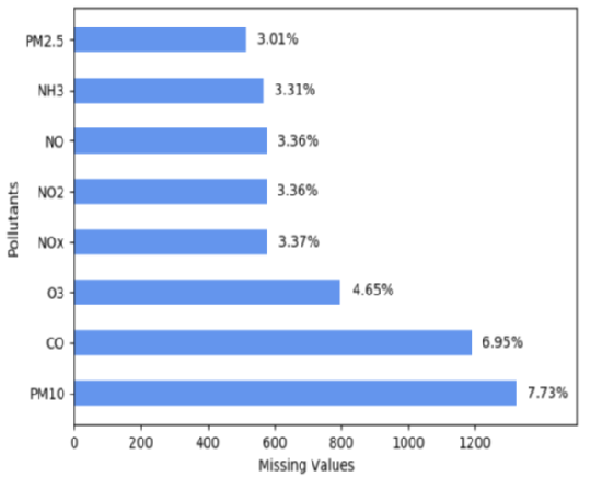


Indian Journal of Science and Technology
DOI: 10.17485/IJST/v13i35.1276
Year: 2020, Volume: 13, Issue: 35, Pages: 3664-3674
Original Article
Preeti Bamane1*, Mangal Patil2
1PG Scholar, Dept. of Electronics, Bharati Vidyapeeth Deemed to be University College of Engineering, Pune, Maharashtra, India
2Assistant Professor, Dept. of Electronics, Bharati Vidyapeeth Deemed to be University College of Engineering, Pune, Maharashtra, India
*Corresponding Author
Email: [email protected]
Received Date:08 August 2020, Accepted Date:30 August 2020, Published Date:05 October 2020
Aim/Objective: This study aims to identify the key trends among different types of LSTM networks and their performance and usage for air pollutants(PM2:5 and PM10) concentrations prediction. Methods: In this study, the extensive research efforts were made for Particulate Matters (i.e., PM10 and PM2:5) prediction using several LSTM networks, namely Vanilla, Stacked, and Bidirectional. These are trained and tested using air quality data, retrieved from the Central Pollution Control Board (CPCB) of the town Bawana, Delhi. Realtime hourly a data from 2018 to 2020 with nine air pollutants are considered for experimental analysis. We conducted data preparation strategy to select the best features, which improve the quality of the data. An adequate number of experiments are conducted to choose the best hyperparameters using Python package TensorFlow. Findings: MSE, MAE, RMSE, and R2 parameters are used as the statistical criteria for evaluating the model’s performances.The numerical experiments revealed that deep neural networks could predict the Particulate Matters (mg/m3) with high accuracy. We found that Stacked LSTM with minimum MSE, MAE, RMSE, and maximum R2 works better than the other two methods, i.e., Vanilla LSTM and Bidirectional LSTM for PM2:5 and PM10 concentrations prediction. The empirical, experimental analysis also shows that Vanilla, Stacked, and Bidirectional LSTM models have comparatively minimum MSE, MAE, RMSE, and maximum R2 for PM2:5 than PM10 concentration prediction. Applications: With the help of a predictive model, one can find reliable fine concentration prediction information for a particular area. The resultant information on relative performance can help researchers in the selection of an appropriate LSTM algorithm for their studies.
Keywords: Air pollutants; air quality index; PM concentrations; LSTM;TensorFlow; air pollution
© 2020 Bamane & Patil.This is an open-access article distributed under the terms of the Creative Commons Attribution License, which permits unrestricted use, distribution, and reproduction in any medium, provided the original author and source are credited. Published By Indian Society for Education and Environment (iSee).
Subscribe now for latest articles and news.